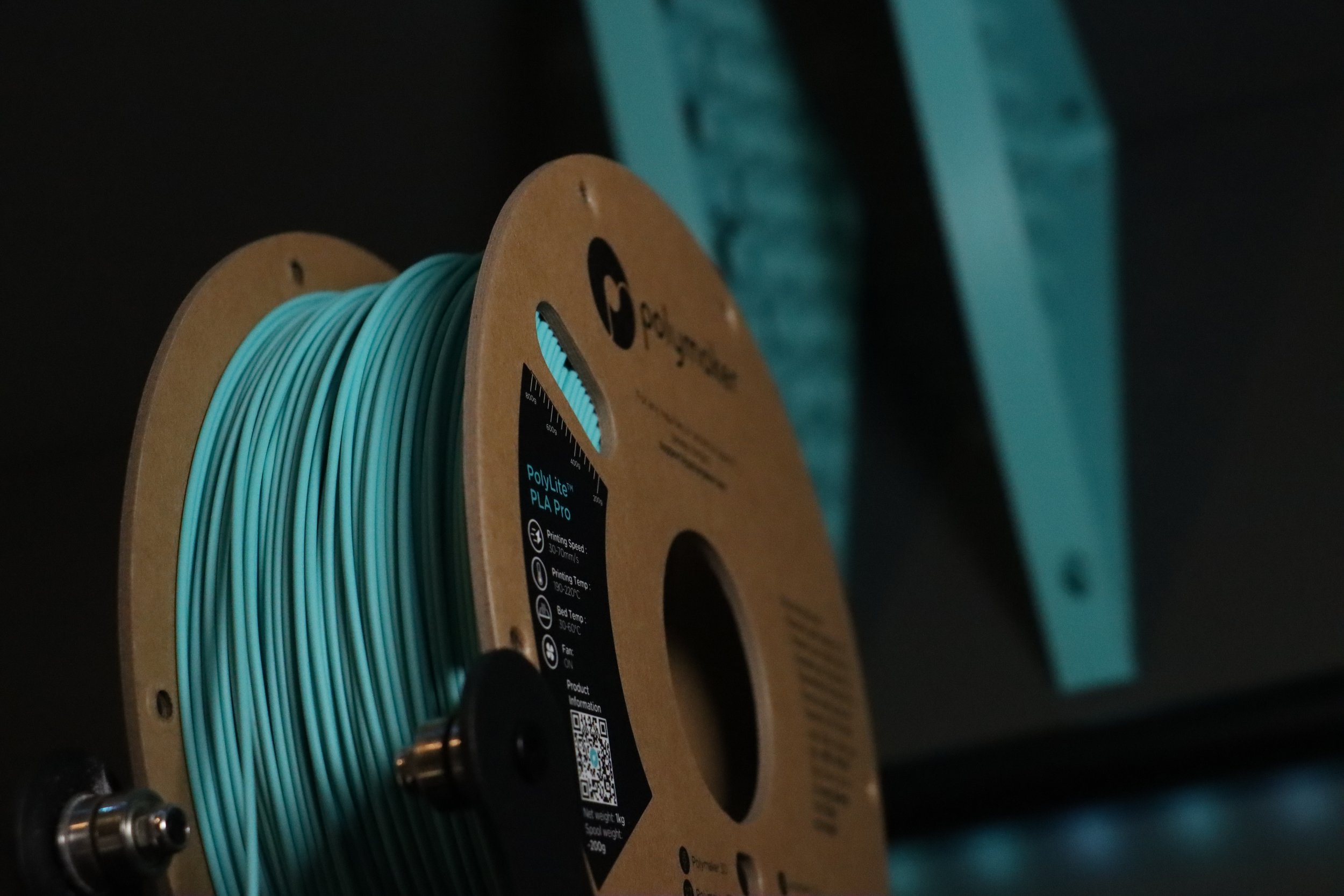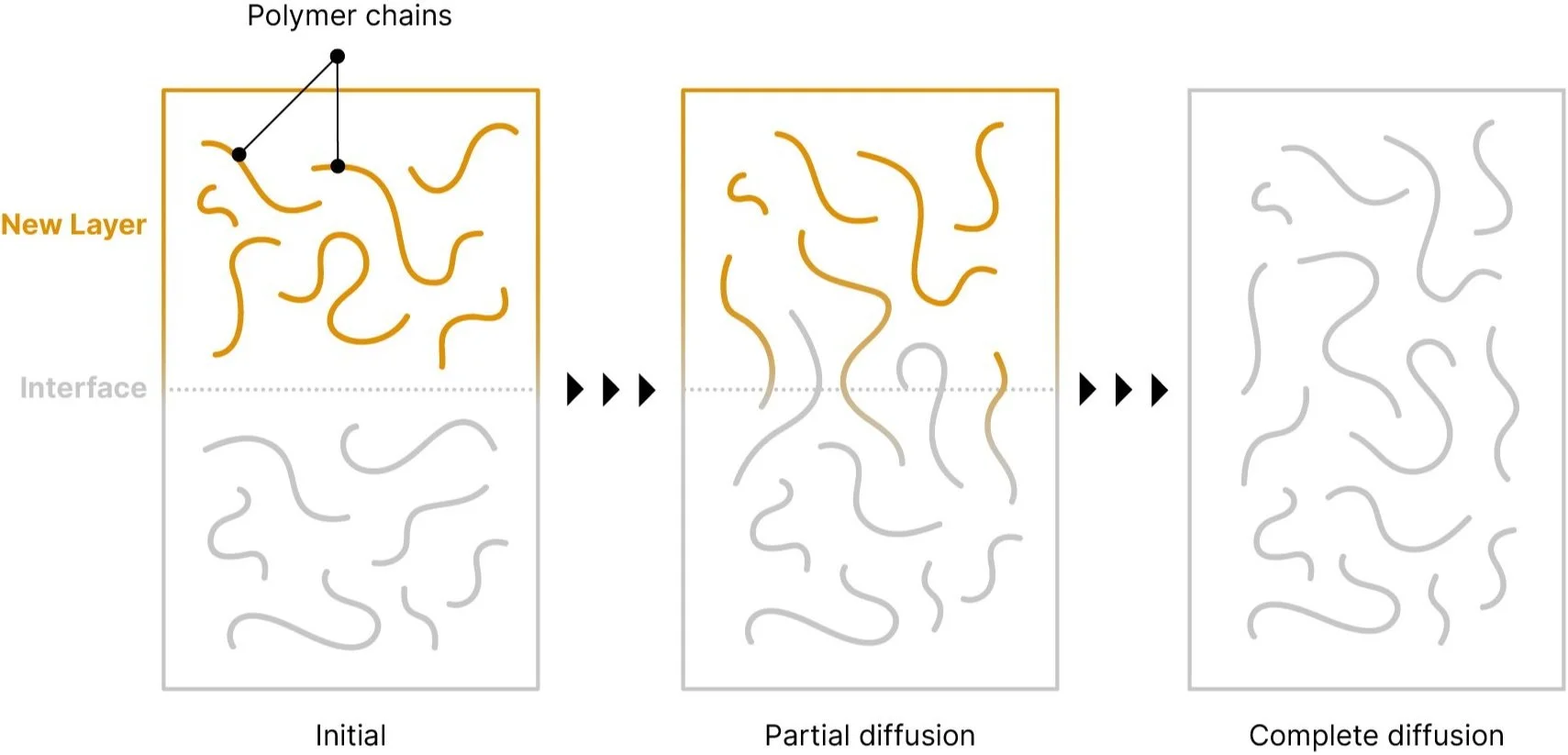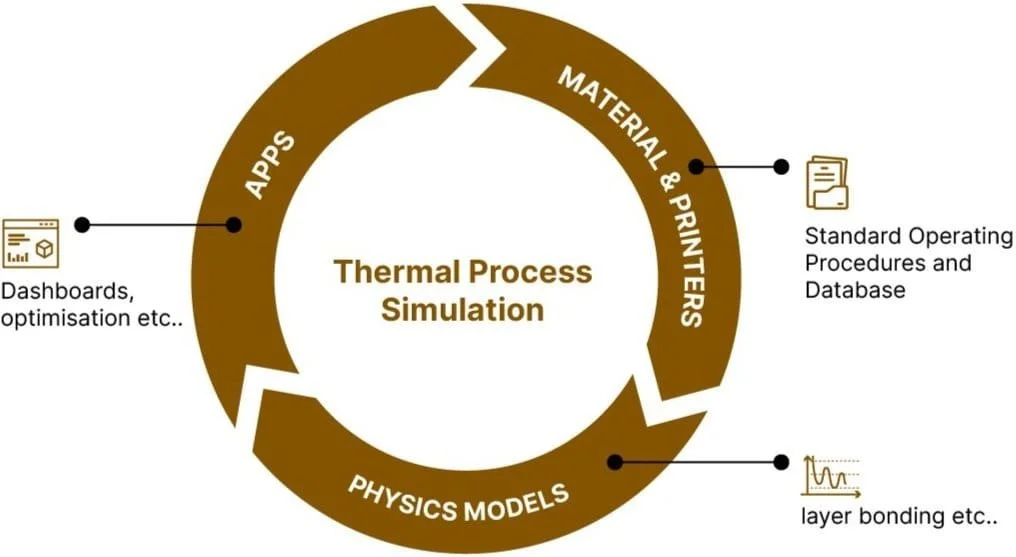Next Generation Additive Manufacturing Tool
Dragon
A cloud-based thermal process simulation tool for integration into your manufacturing workflow.
Rapidly predicts the thermal history at a voxel level for any object geometry before additive manufacturing.
Understand the implication for layer-bonding, warpage and other printing faults and access tools to optimise printing parameters and tool paths.
Access Dragon directly via apps, or build on top of it, integrating it into your workflow, via our API.
Materials manufacturers (e.g. Polymaker) can use Dragon to design and bring to market better additive manufacturing materials, faster, while 3D printer manufacturers benefit in the same way.
End-use parts manufacturers can build scalable additive manufacturing micro-factories, with high reliability and up to 10x reduced costs.

Leading additive manufacturing materials brand Polymaker uses Dragon to design and bring to market better additive manufacturing materials, faster.
Developing high-speed additive manufacturing materials that are effective in a wide range of 3D printers and meet demanding real world application requirements is difficult.
Using Dragon and the Helio Additive DOE standard operating procedure Polymaker can bring new materials to the market faster.
A cloud-based thermal process simulation tool for integration into your manufacturing workflow.
Dragon
Use apps directly via the web interface including scientific visualisations, printability evaluation, cost calculators, optimisers and more.
Benefit from existing physics models or develop them in-house.
Use existing printer and material data or use our standard operating procedures to characterise your own.
With the API users can access the raw simulation data or more advanced analysis.
Improve efficiency by optimising printing decisions that lead to faster more reliable printing.
Reduce costs by anticipating and preventing printing problems such as warping or cracking, lowering scrap rates, energy consumption and raw material cost.
Increase production speed by decreasing setup times and adjusting print speeds dynamically, layer by layer.
Design better materials that have more consistent printability under a wider range of printing parameters.
Promote sustainable practices by identifying the best printing conditions to use sustainable or biodegradable materials.
Produce complex geometries by predicting and preventing printing problems in geometries that would otherwise be challenging to print.







